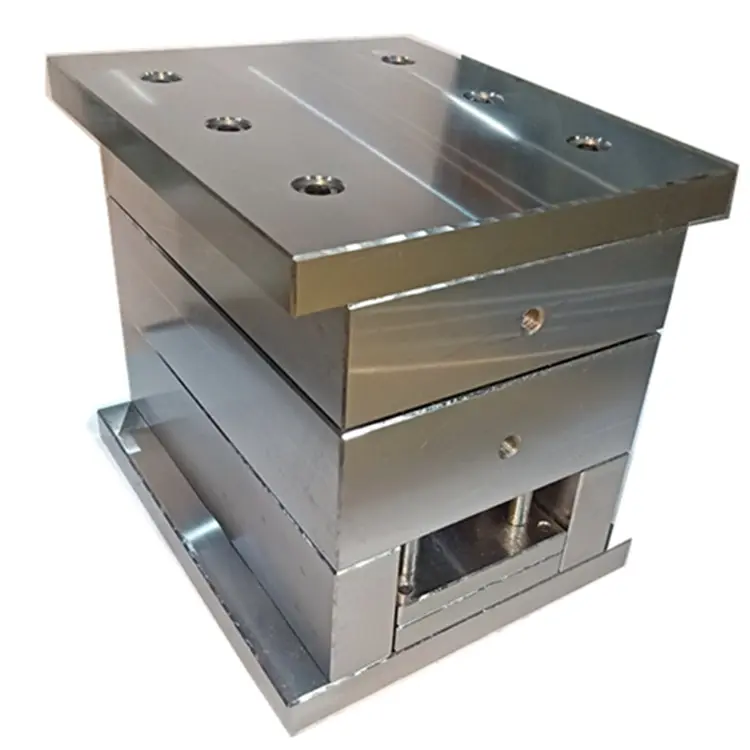As Indonesia continues to emerge as a key player in the global manufacturing industry, the choice of materials plays a crucial role in determining the quality and efficiency of production processes. Among the various materials used in manufacturing, **mold steel** stands out for its durability, versatility, and reliability. This article delves into the essential benefits of mold steel and its significance in Indonesia's manufacturing sector.
What is Mold Steel?
Mold steel is a type of tool steel that is specifically designed for the production of molds and dies used in the manufacturing process. It comes in various grades and compositions, tailored to meet specific industry requirements. The characteristics of mold steel make it an ideal choice for producing high-quality parts and components.
Types of Mold Steel
| Type | Composition | Applications |
|---|---|---|
| D2 | High carbon, high chromium | Forging dies, shearing blades |
| P20 | Medium carbon, chromium, molybdenum | Injection molds, pre-hardened molds |
| S7 | Shock-resisting, high toughness | Die-casting, tooling |
Advantages of Using Mold Steel
1. Durability and Longevity
One of the primary advantages of mold steel is its **durability**. This material is designed to withstand high temperatures and pressures, making it ideal for applications that involve intense stress. The longevity of mold steel means that manufacturers can produce components with fewer replacements, thus reducing overall production costs.
2. Enhanced Precision
Mold steel offers **enhanced precision**, which is vital in the manufacturing sector. The consistent performance of mold steel ensures that intricate designs are achieved with high accuracy, minimizing waste and errors during production.
3. Versatility
Another key benefit is the **versatility** of mold steel. It can be used across various manufacturing processes, including die-casting, injection molding, and stamping. This versatility allows manufacturers in Indonesia to cater to a wide range of industries, from automotive to consumer goods.
4. Cost-Effectiveness
Despite the initial investment, using mold steel proves to be **cost-effective** in the long run. Its durability translates to lower maintenance and replacement costs, which can significantly benefit manufacturers aiming to optimize their production budgets.
Mold Steel Applications in Indonesia
In Indonesia, the manufacturing sector spans numerous industries, each with unique requirements. The application of mold steel is diverse and impactful:
- Automotive Industry: Mold steel is extensively used in producing precise molds for automotive parts, ensuring high-quality standards.
- Electronics Sector: The production of intricate electronic components requires high-precision tooling, making mold steel an essential resource.
- Consumer Goods: With an increasing demand for plastic products, mold steel plays a key role in the injection molding process, supporting the rapid production of consumer goods.
Challenges and Solutions
While mold steel offers numerous advantages, there are also challenges that manufacturers face, such as the cost of procurement and the need for specialized machining skills. Addressing these challenges is essential for optimizing the benefits of mold steel:
1. Overcoming Cost Barriers
Manufacturers should consider long-term strategies that encompass not just the initial procurement of mold steel, but also the eventual savings. Implementing predictive maintenance can reduce costs further by extending the life of the molds.
2. Skill Development
Investing in training and development for skilled workers is vital. Manufacturers need to ensure that their personnel are adept at working with mold steel and understand how to maximize its potential in various applications.
The Future of Mold Steel in Indonesia
The future of mold steel in Indonesia looks promising. As the country continues to modernize its manufacturing infrastructure and embrace **Industry 4.0**, the demand for high-quality, durable materials like mold steel is set to rise.
Furthermore, as Indonesia's manufacturing sector grows, the focus will increasingly shift towards sustainable and efficient production methods. Mold steel's durability and cost-effectiveness align well with these goals, positioning it as a material of choice for the manufacturing industry.
Conclusion
In summary, the exploration of mold steel reveals several **advantages** that can significantly benefit Indonesia's manufacturing sector. From durability and precision to versatility and cost-effectiveness, mold steel remains a pivotal material that can optimize production processes. To harness these benefits effectively, manufacturers must address challenges related to cost and skills development, paving the way for a robust future in the industry.

